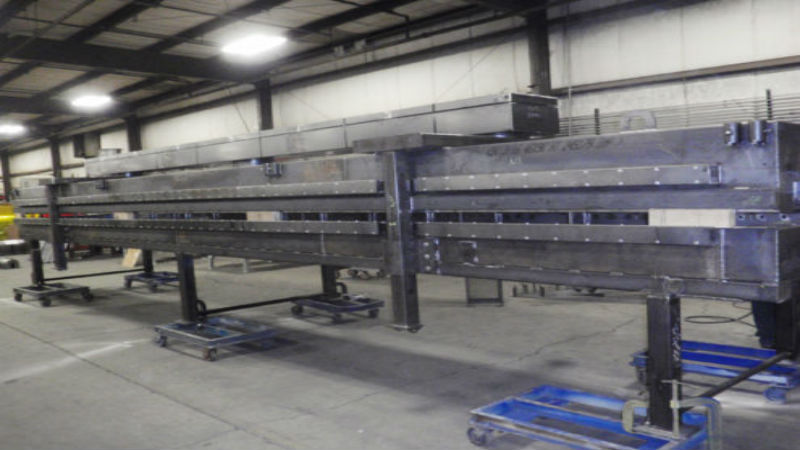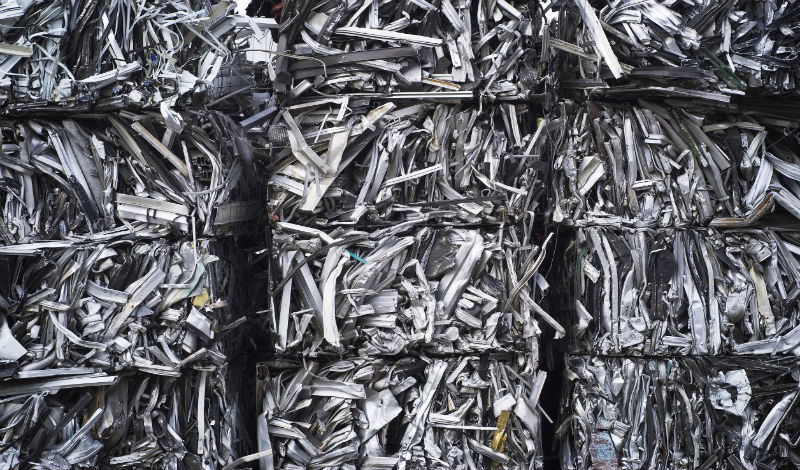The three most common options for industrial applications in joining metal are welding, soldering, and brazing. While all three have their place and their advantages, they can also have disadvantages that make them unsuitable for a specific type of project.
With welding metal fabrication there are multiple choices in how to create the welded joint. The choice of the type of welding process is a factor of the type of metal or alloy, the use of the part or component and the physical properties and characteristics of the parts to be welded. Welding has to consider all of these aspects to choose the right method for the specific project.
MIG Welding
MIG (Metal Inert Gas) welding a fast, effective and highly precise option in welding metal fabrication. It uses a continual feed wire that is connected to an electrode current. There is a gas shield produced around the electrode core wire that allows the two sides of the metal to melt in a durable, strong and lasting type of weld. This is typically used with stainless steel, aluminum, and mild steel.
TIG Welding
Tungsten Inert Gas or TIG welding uses a tungsten electrode and it similar to the MIG process, but it offers a better overall finish on the weld. It is a more advanced welding process and is typically used only in specific industries as it is more complicated than other welding methods.
Arc Welding (Stick Welding)
Stick welding is one of the most common forms of all-purpose welding methods used in welding metal fabrication. It can be used in the manufacturing of heavy-duty equipment, industrial parts, and components and even in steel structures. This is also a common option used in any type of welding repair services.
The other method commonly used is Flux-Cored arc welding. It is very similar to MIG and TIG welding, but the wire has a tubular shape and already has the flux filled in the wire. Typically, a shielding gas is not used, so it is cost effective for most types of fabrication applications.


